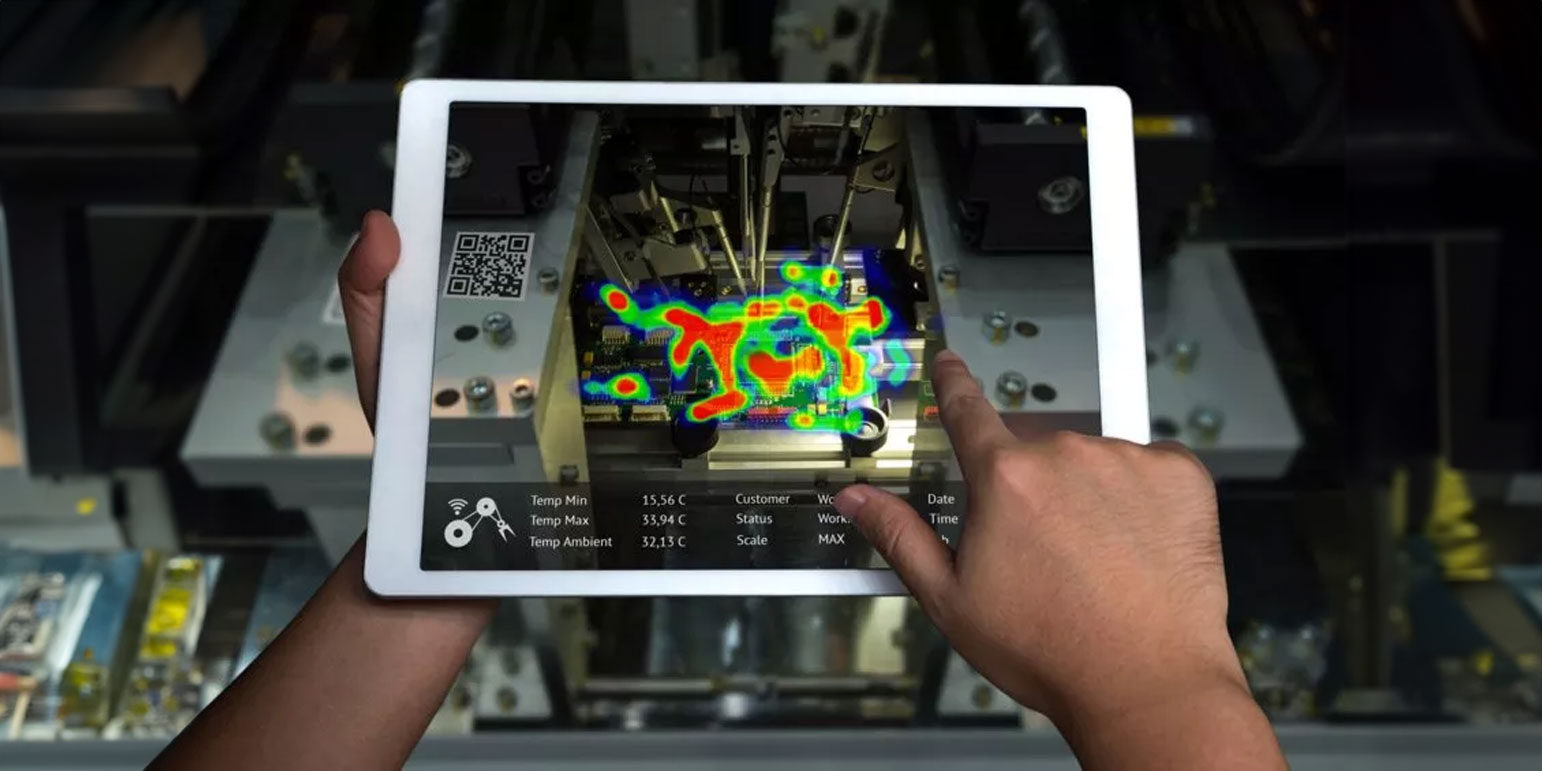Black Friday Super Sale! Up to 30% off!
Click here to view all courses

What Will the Future Service Desk Look Like?
By ILX Team | 18 September 2017 | Updated on 25 July 2024
IT service management is all about looking forward. We all strive for continual improvement. This goes hand in hand with technological innovation. Old service desks struggle to meet a greater demand for efficiency. They’re held back by things like dated support ticket systems, clunky functionality and poor cloud support. What upcoming trends will help fix longstanding problems? Here are our best guesses.
Problem: Poorly supported tech
Solution: Barcode scanning and augmented reality
Imagine you’ve opened up a server and you see a mess of wires. A lot of the time, you’d have to hunt for schematics online. With augmented reality, you could in theory scan a barcode inside the server. Then your phone would show you what you’re looking at with neat labels.
Barcode scanning could also help you source replacement parts or drivers, when you can’t rely on the hardware manufacturer. For unsupported hardware, it’ll probably get easier and more affordable to 3D print replacement parts.
Problem: Replacing/upgrading hardware
Solution: Modular hardware
Technology has revolutionised the way workers provide support. You can now get remote and virtual assistance. But there is still a need for on-site assistance. Companies want to minimize the time and resources this takes. With modular hardware, if something breaks, it comes on a customer-replaceable unit (CRU). The idea is that anyone could switch out something like RAM, since it would be a simple module.
This has kind of been the case for a long time, as PCs are upgradable. The hope is that it becomes easier for anyone to do. There are plans in motion to make laptops easier to upgrade. Until recently, Google toyed with Project Ara, which aimed to market modular smartphones.
Problem: Self-service dilemma
Solution: Self-monitoring/self-healing
When customers use self-service, like FAQs and knowledge bases, they save technicians time. So should we invest more in developing better self-service? Well, not if customers prefer to call experts directly. Self-monitoring and self-healing machinery might help with this dilemma. More parts of the machine may act like antivirus software, checking for problems and fixing them in the background.
HP already offers Instant Ink. That's where some HP printers recognize how much ink is being used and orders more cartridges automatically. Could this be the start of a self-maintenance trend? When small problems fix themselves, technicians can free themselves to work on bigger issues.
Problem: Channel split
Solution: Integrated business applications
There are many ways for customers to contact service desks these days. Not only is social media increasingly popular for tech support, but there are many social platforms to choose from. That’s before you get into live chat, which still hasn’t displaced phone calls and emails. Companies struggle to keep pace with all the channels that customers want. Other times, they set up channels and don’t give them enough attention.
What the IT industry needs is an integrated solution. It’s easy to imagine a piece of software that centralises every live chat client, social media account and email inbox. A team of technicians could oversee every channel, so they all get the attention they need.
Problem: Fire-fighting
Solution: Analytics
Technicians spend too much time keeping everything running. That cuts into time spent improving service technologies. It also means customers and technicians feel insecure about the technology they’re using day-to-day.
We expect future service desks to use more advanced analytics. With extensive monitoring, technicians can pre-empt problems instead of being blindsided by them. The goal is to create a more proactive service. That also includes communication. With better analytics, technicians could use the extra warning time to let customers know about upcoming outages. Better monitoring software would aim to make nasty surprises a thing of the past.
Problem: Ticket cues
Solution: Machine learning algorithms
Everyone thinks their tech problem is the most important. It’s not easy to prioritize support tickets. So technicians have to address the most urgent and important problems first. The ordering process is a problem in itself, but what about the ever-building cue?
A smart algorithm could scan keywords and data from support tickets. If it’s learning in the background, it can get better at organizing these tickets. Technicians would see tickets in order of most important and urgent. In theory, a machine learning algorithm can also act as a self-improving chatbot. This would lead to not just better organized tickets, but less of them.
Of course, these are all speculations. No-one can really tell you what technology we’ll use in the future. It’s best to stay on top of trends instead of trying to run ahead of them. The best way to stay on top of ITSM best practices is with an ITIL qualification. See our range of courses for your first step to solving service desk problems.

